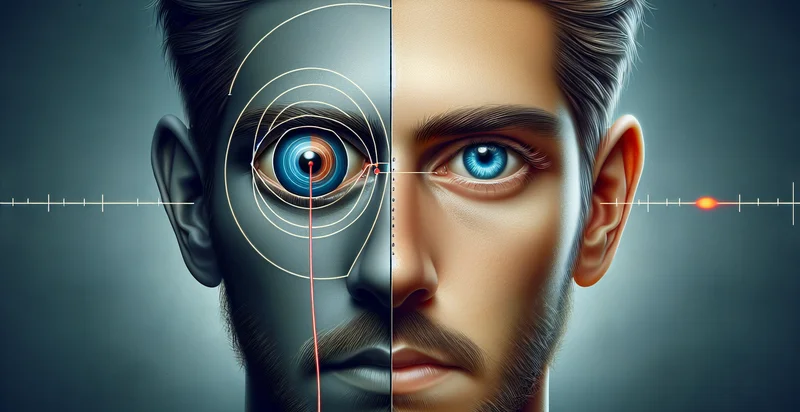Identify visual acuity
using AI
Below is a free classifier to identify visual acuity. Just input your text, and our AI will predict the level of visual acuity in individuals. - in just seconds.

Contact us for API access
Or, use Nyckel to build highly-accurate custom classifiers in just minutes. No PhD required.
Get started
import nyckel
credentials = nyckel.Credentials("YOUR_CLIENT_ID", "YOUR_CLIENT_SECRET")
nyckel.invoke("visual-acuity", "your_text_here", credentials)
fetch('https://www.nyckel.com/v1/functions/visual-acuity/invoke', {
method: 'POST',
headers: {
'Authorization': 'Bearer ' + 'YOUR_BEARER_TOKEN',
'Content-Type': 'application/json',
},
body: JSON.stringify(
{"data": "your_text_here"}
)
})
.then(response => response.json())
.then(data => console.log(data));
curl -X POST \
-H "Content-Type: application/json" \
-H "Authorization: Bearer YOUR_BEARER_TOKEN" \
-d '{"data": "your_text_here"}' \
https://www.nyckel.com/v1/functions/visual-acuity/invoke
How this classifier works
To start, input the text that you'd like analyzed. Our AI tool will then predict the level of visual acuity in individuals..
This pretrained text model uses a Nyckel-created dataset and has 6 labels, including Mild Loss, Moderate Loss, Normal, Profound Loss, Severe Loss and Total Loss.
We'll also show a confidence score (the higher the number, the more confident the AI model is around the level of visual acuity in individuals.).
Whether you're just curious or building visual acuity detection into your application, we hope our classifier proves helpful.
Related Classifiers
Need to identify visual acuity at scale?
Get API or Zapier access to this classifier for free. It's perfect for:
- Telemedicine Vision Assessments: Healthcare providers can integrate the visual acuity identifier into telemedicine platforms to evaluate patients' vision remotely. By analyzing patient-submitted images and video, clinicians can assess visual acuity, making it easier to identify those who need immediate intervention or specialist referrals.
- Vision Screening in Schools: Educational institutions can employ the visual acuity identifier during routine eye screenings of students. This automated system ensures that children who may have undiagnosed vision issues are quickly flagged for further evaluation, ultimately supporting better learning outcomes.
- Insurance Claims Processing: Insurance companies can utilize the visual acuity identifier to process eye care claims more efficiently. By verifying visual acuity claims with evidence from images, insurers can reduce fraudulent claims and streamline approval for necessary treatments.
- Augmented Reality Health Apps: Developers of augmented reality applications can incorporate the visual acuity identifier to offer interactive vision tests. Users can engage with the app to assess their visual health in real-time, encouraging proactive health management and awareness.
- Workplace Safety Compliance: Companies can use the visual acuity identifier to comply with safety regulations that mandate vision testing for employees in specific roles. Automated assessments can ensure that only employees with adequate visual acuity are assigned to high-risk positions, enhancing workplace safety.
- Marketing for Eye Care Products: Eye care product companies can leverage the visual acuity identifier to engage customers through personalized marketing. By providing a quick assessment of visual acuity, brands can recommend specific products based on individual needs, leading to increased sales and customer satisfaction.
- Research and Development in Optometry: Researchers in optometry can use the visual acuity identifier to gather data for studies on vision-related issues. This tool can assist in identifying patterns and trends in visual acuity across different demographics, helping to advance the understanding of eye health and inform future innovations in treatments.


